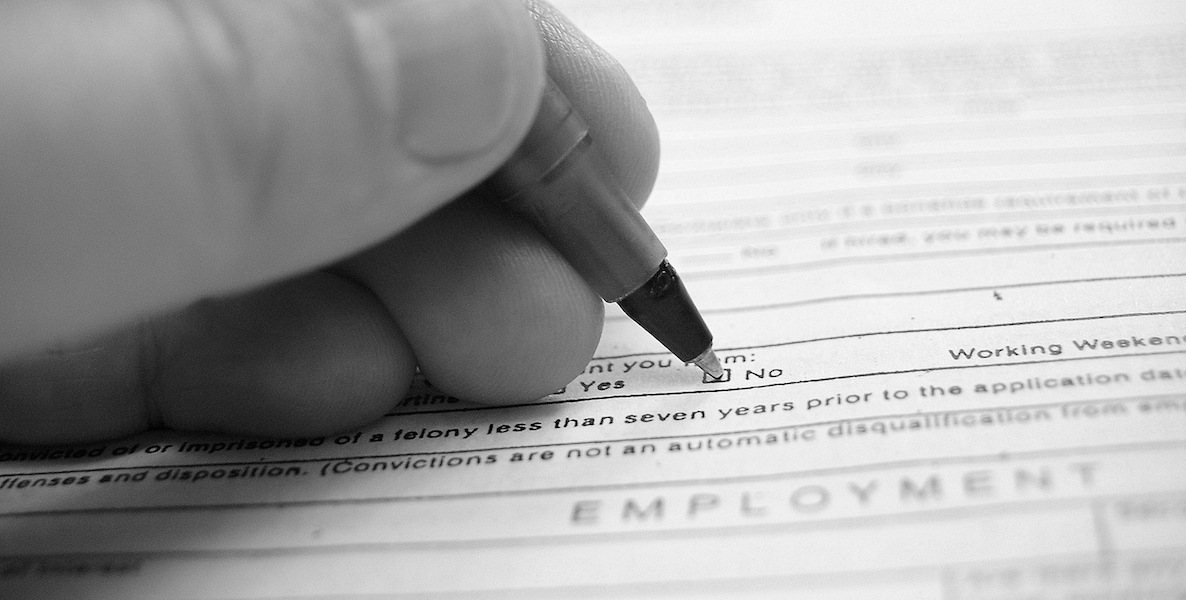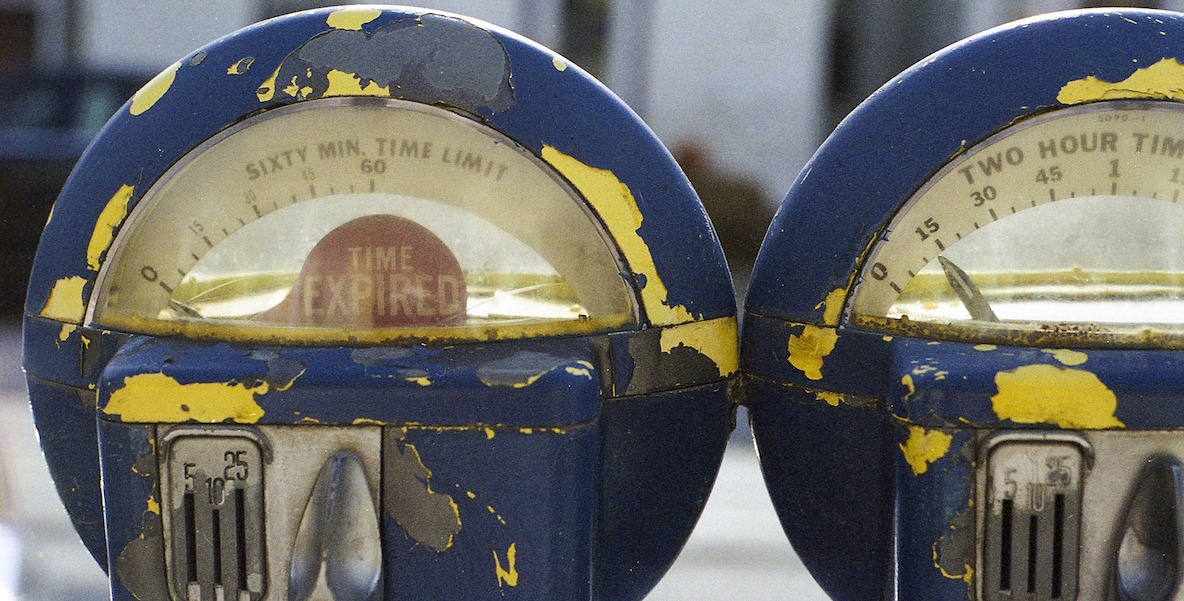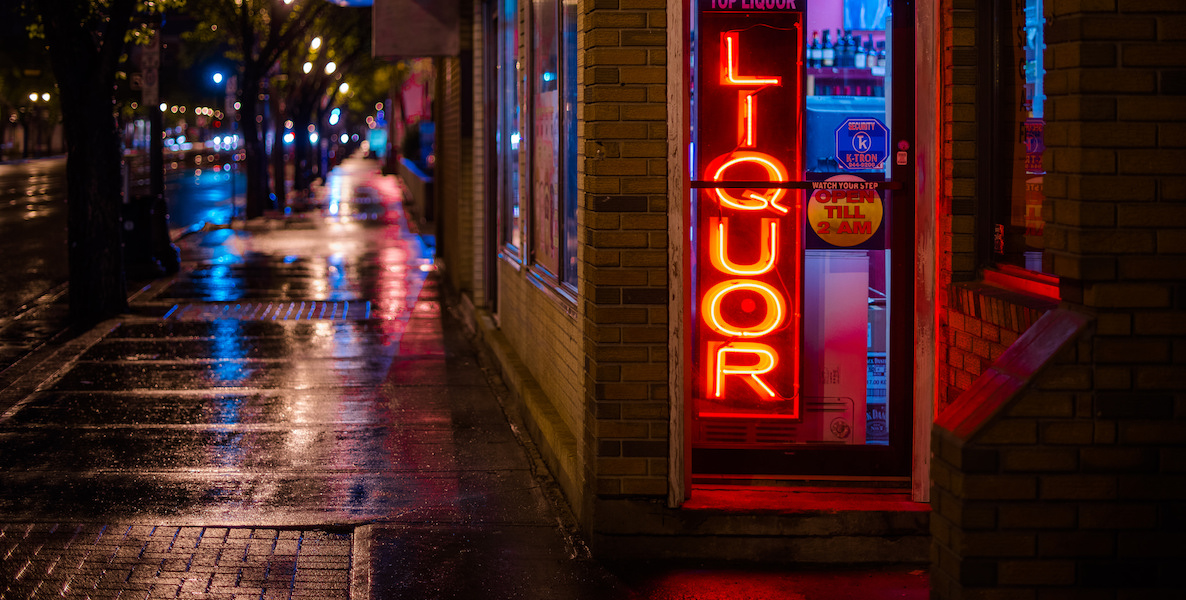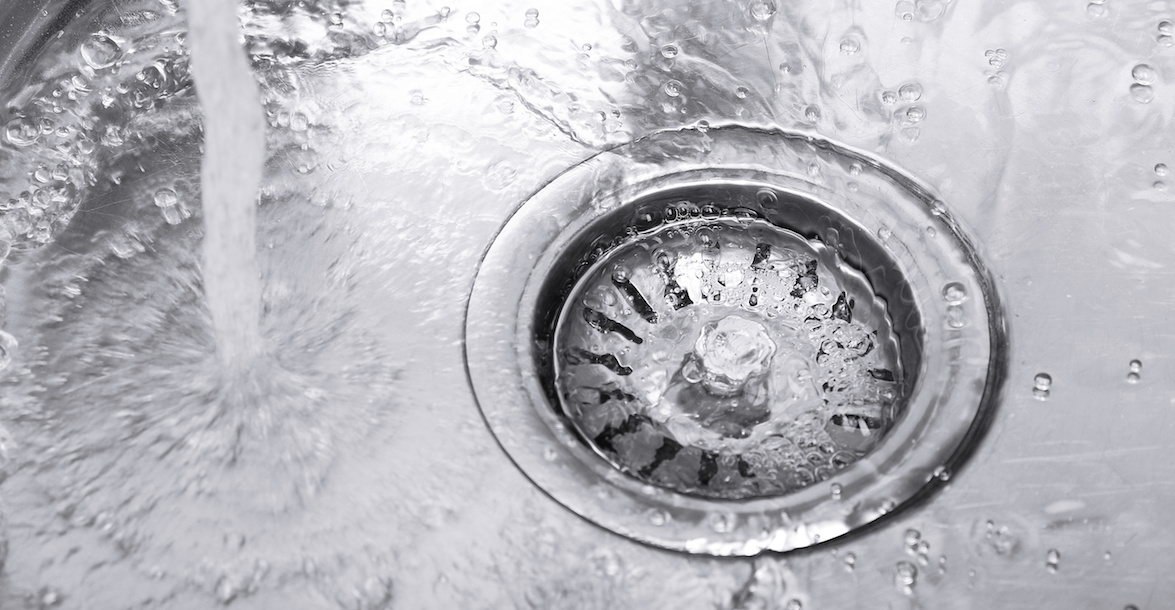Perhaps one of the more publicly understated problems with Philly is that too many of its citizens are drowning in a vicious cycle of water debt. The Philadelphia Water Department has estimated that 40 percent of the city’s population is water-bill delinquent, mounting up to over $240 million in lost revenue. Naturally, that would have to match up almost perfectly with the city’s embarrassingly high poverty rate.
The newly launched Tiered Assistance Program is supposed to help. TAP was launched last summer as the legislative brainchild of Councilwoman Maria Quinones-Sanchez, after she learned that her constituents owed 20 percent of the lost revenue. The gist of it is to simply have distressed PWD customers pay what they can based on income. Nationally, it’s being celebrated as a breakthrough, despite little data at the moment to tell if it’s started working.
The sliding scale approach presented in TAP, while not perfect, is something the National League of Cities tested in a five-city pilot starting in 2013 with some solid results. That pilot picked on some of the poorest places in the nation where they could use it: Savannah, Georgia; St. Petersburg, Florida; Louisville, Kentucky; Newark, New Jersey; and Houston, Texas. And like, Philadelphia, these places also have some of the largest concentrations of mostly black, brown and financially strapped residents.
The TAP program looks to get a little more aggressive in tackling a water crisis that’s exacerbated by its location: the poorest big city in America. We don’t want to end up like Detroit, and Mayor Kenney will be damned if he’s the one getting a call from the United Nations for tens of thousands of water shut-offs.
A glimpse at some of the success in these locations offers hope: 69 percent more people in Houston participating in the bill delinquency program—which also offered financial counseling and debt management services—paid water bills on time; while Newark (long distressed) witnessed a 35 percent drop in “outstanding water balances.” Meanwhile, in St. Petersburg, NLC pilot project participants were more than 50 percent “less likely to experience service shut-offs.”
Will a similar approach work in Philly? And more importantly: will it work for the long run?
The TAP program looks to get a little more aggressive in tackling a water crisis that’s exacerbated by its location: the poorest big city in America. We don’t want to end up like Detroit and Mayor Kenney will be damned if he’s the one getting a call from the United Nations for tens of thousands of water shut-offs. That’s obviously something, optically, public officials would like to get under control in a city that’s increasingly on the national stage—with even heavier spotlights come Super Bowl Sunday.
It makes little sense to have a world class championship football team, yet reluctantly boast a “third world” water system in which more than 60,000 residents are blocked from basic water rights. To change that, PWD is offering a program whereby struggling Philazens with income 150 percent below the poverty rate would pay up to 4 percent of their income; with the average city resident paying about $74 a month in water and sewage bills—which, for some, might come down to hard choices between water and food—this new program could bring average water bills down nearly 85 percent for those who need it.
The problem is that, in Philly, you can’t just lower the average water bill rate and then think the problem goes away. Out of 549 cities worldwide, Philadelphia ranks 87th on the Numbeo Cost of Living Index, a crowd-sourced global database of prices and perceived costs. Yet, wage growth in the city is nothing to get happy about, which explains the forced exuberance of the Mayor and city officials at the unrealistic expectation that an Amazon HQ2 will, 1) really be in Philly proper, and 2) actually hire Philly residents who need the work.
As the Bureau of Labor Statistic data show, wage growth in Philly between 2016 and 2017 rose at only 1.8 percent compared to a national rate of 2.5 percent (in March, Philly wage growth was a bitter 1 percent). Glassdoor Economic Research finds Philly ranks in the bottom 4 of 10 metro areas they track for signs of national wage growth. And wages, nationally, aren’t getting any higher either; they’ve only increased by 10 percent over the last 45 years, with American workers taking home less pay (or portion of national income) now than they did in 1973.
What that says is that Philly’s water bill crisis is like a jacked up abandoned car with cinder blocks for tires—which means, there’s no movement. It’s just stuck there because there are fewer wages to pay for higher water bills. Forgiving current water bill debt might stop the bleeding, but there is still internal organ failure.
As water advocacy group Circle of Blue shows, average Philadelphia water bills for a family of four using 150 gallons of water per day per person rose nearly 50 percent from 2010 to 2017 (that makes an average bill of $103); 100 gallons per person per day for a family of four rose 47 percent in the same time period. That outpaces the national 41 percent rise since 2010. And that’s not showing the full picture of aging houses throughout vast stretches of Philadelphia, where leaky, unreplaced pipes are the norm for folks who can’t afford it. Philly showcases some of the oldest and disrepaired housing in the nation.
Of course, Philly, like any big city, needs a healthy, non-corroding water system. But who exactly pays for the maintenance, upkeep and overall improvement as city, state and federal budgets move into Trumpian austerity mode?
That’s compounded by aging, cookie-crumbling infrastructure, especially in old states like Pennsylvania that hold old cities like Philadelphia. The last Infrastructure Report Card by the American Society of Civil Engineers gave Pennsylvania an overall grade of C-, while the National Resources Defense Council found the state having the third worst or most toxic drinking water in the nation. And while Philadelphia is actually ranked high on a list of 50 cities for water sustainability—it ranks in the top three North American cities for healthy and clean water—it’s still aging, at risk and increasingly expensive to maintain.
Can the TAP program keep up with that?
The TAP program went into effect in July 2017 … and, strangely, at the same time as a 10 percent water rate increase went into effect. The Philadelphia Water Department is already quietly proposing a new rate increase that is expecting approval by the Rate Board this fall. That’s likely to happen, particularly as water main breaks are on the rise due to this winter’s severe and devastating cold snap. Meanwhile, you have to ask if the stagnant wages of poor Philadelphians who will need to stay on TAP will be able to sustain that pace as the cost of water infrastructure rises in the city.
Of course, Philly, like any big city, needs a healthy, non-corroding water system. But who exactly pays for the maintenance, upkeep and overall improvement as city, state and federal budgets move into Trumpian austerity mode? If the TAP program is, essentially, a creative way to help the city’s poor, public officials are either going to need to go back to the policy drawing board or, once and for all, figure out a long-term plan in which fewer Philadelphians are constantly just getting by.
Charles D. Ellison is Executive Producer and Host of “Reality Check,” which airs Monday-Thursday, 4-7 p.m. on WURD Radio (96.1FM/900AM). Check out The Citizen’s weekly segment on his show every Tuesday at 6 p.m. Ellison is also Principal of B|E Strategy, the Washington Correspondent for The Philadelphia Tribune and Contributing Politics Editor to TheRoot.com. Catch him if you can @ellisonreport on Twitter.








